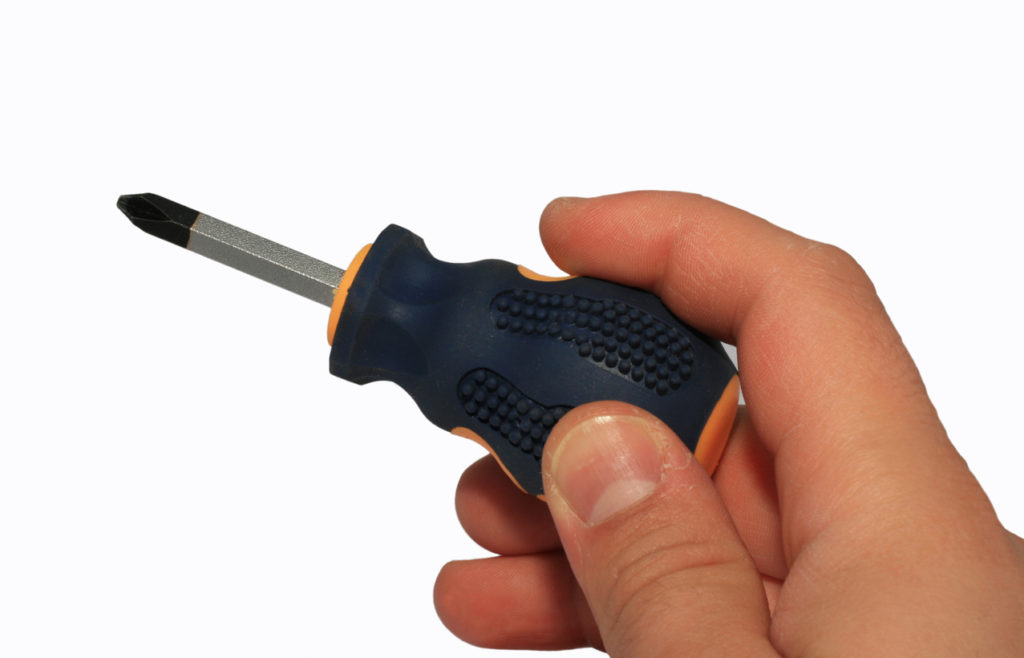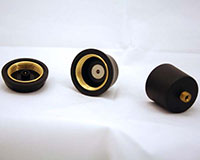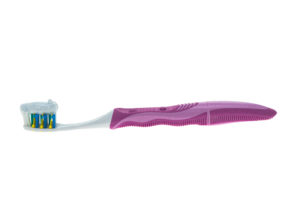- BY nwmcadmin
- POSTED IN Uncategorized
- WITH 0 COMMENTS
- PERMALINK
- STANDARD POST TYPE

If you want to add external parts to your injection molded products, your manufacturer will either use insert molding or overmolding. These are two distinct methods of fusing an injection molded part with an extra part, each with its own advantages.
What is insert molding?
Insert molding is when a piece or pieces are added to an injection molded part. This can be a one-step or two-step process, depending on the complexity of the part and the desired outcome. But, insert molding is often employed to enhance structural integrity, incorporate metal elements for conductivity, or reduce assembly steps in a final product.
How does insert molding work?
Insert molding works by adding external, premade pieces to a mold before molten plastic is injected into it. The insert piece is placed into the mold before running a cycle on the machine. When the mold opens again, the plastic has been molding around the piece to secure it. This can make manufacturing more complex parts more efficient in the long run.
What is an example of insert molding?
 Insert molding is used in many parts across different industries. One example would be electrical connectors, which feature metal pins or sockets that are insert molded into a plastic housing to provide electrical conductivity and mechanical stability. Plumbing fittings also use brass inserts in plastic valves or pipe connectors to ensure a reliable and leak-free connection.
Insert molding is used in many parts across different industries. One example would be electrical connectors, which feature metal pins or sockets that are insert molded into a plastic housing to provide electrical conductivity and mechanical stability. Plumbing fittings also use brass inserts in plastic valves or pipe connectors to ensure a reliable and leak-free connection.
What is overmolding?
Overmolding, unlike insert molding, is an injection molding process that takes at least two steps to complete. It is a different method of combining multiple pieces into one product in injection molding.
How does overmolding work?
Overmolding starts with a base layer. This may be an injection molded part, or it could be a separate piece, such as a metal fastener. A second layer of plastic is inserted into a molded area over the original part. This creates a seamless connection between the two layers, adding strength and cohesiveness to the part and allowing multiple colors or materials to be used. The second layer is sometimes added during the same cycles as the first, within the machine through a different nozzle, and other times, the part is manually moved somewhere for the additional coat.

What is an example of overmolding?
Examples of overmolding include adding rubberized handles to tools, from hammers to toothbrushes, and adding reinforcement to mounting hardware. These are both instances where an additional layer of plastic helps the product perform better. Other examples can be found in medical devices, automotive components, toys, and more.
How Rex Plastics Can Help
Rex Plastics is an experienced injection molder that is able to create parts with insert molding and overmolding alike, depending on your product’s needs. Reach out to us for a quote so we can help turn your ideas into a reality!


